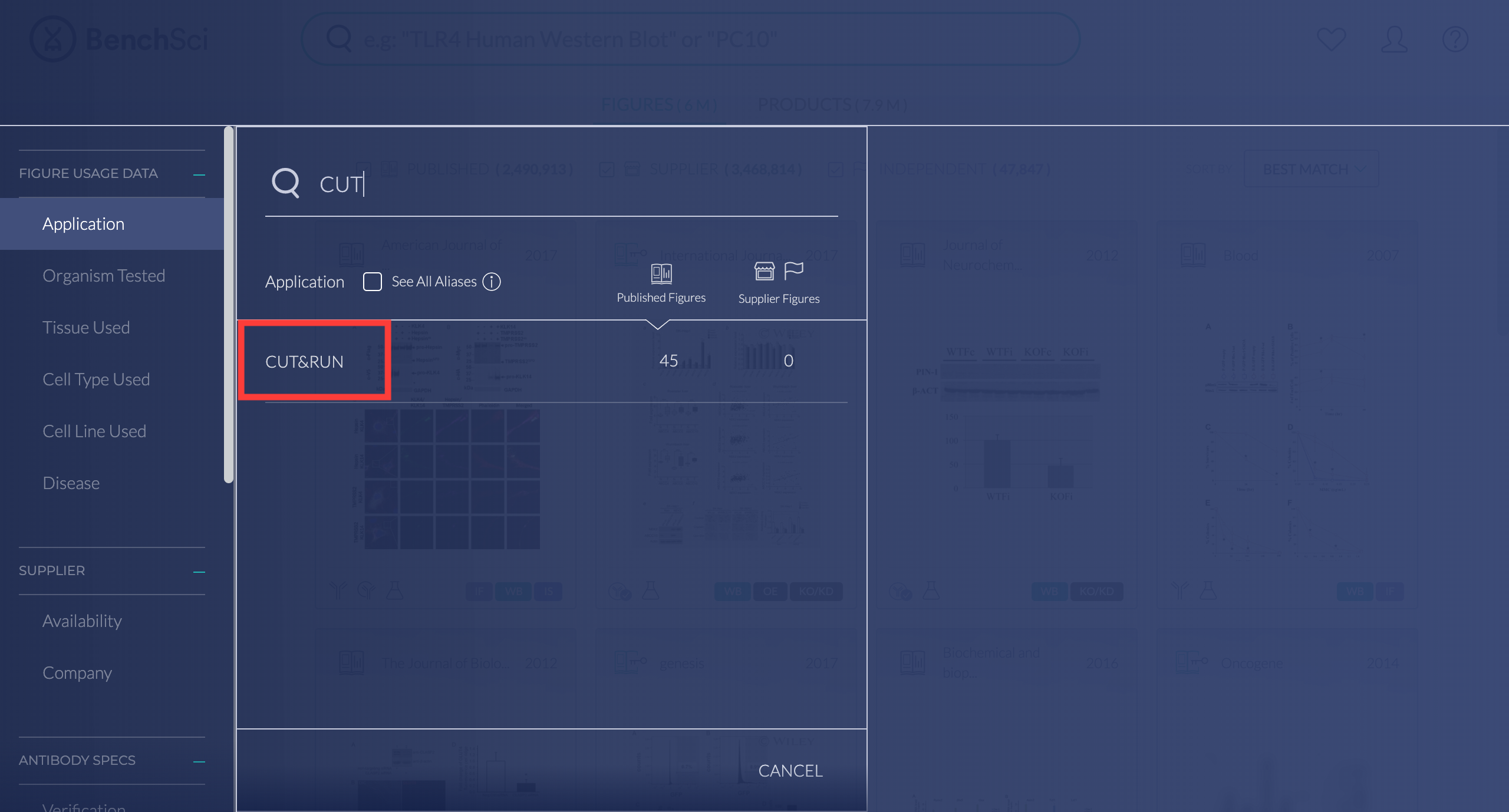Biomedical research is constantly evolving with new and innovative techniques being developed for drug discovery. To make sure BenchSci continues empowering scientists to find the best reagents for their experiments, we’ve added three new immunoassays to our database: CUT&RUN, REAP-seq, and CITE-seq. Keep reading for more information about these applications, and how you can find the associated data on BenchSci!
CUT&RUN
Poised as the successor to ChIP, CUT&RUN (short for Cleavage Under Targets & Release Using Nuclease), was first developed by scientists at the Fred Hutchinson Cancer Research Center to address some of its predecessor’s limitations. To map genome-wide protein (or transcription factor)-DNA interactions, rather than fragmenting the genome, CUT&RUN leaves the whole-cell intact and uses antibodies to recruit micrococcal nuclease bound to Protein A (ProtA-MNase) to the transcription factor of interest. Once bound, the nuclease cleaves the surrounding unprotected DNA releasing the protein-DNA complex for isolation and sequencing. CUT&RUN sequencing offers the advantages of a higher signal-to-noise ratio, higher throughput, and higher reproducibility compared to ChIP, making it an indispensable tool for scientists who routinely do epigenomic profiling.
REAP-Seq and CITE-Seq
REAP-Seq (RNA Expression And Protein sequencing) and CITE-Seq (Cellular Indexing of Transcriptomes and Epitopes by sequencing) were independently developed by Vanessa Peterson and her team at Merck and Marlon Stoeckius and his team at New York Genomics Center, respectively, to study tens of thousands of gene targets simultaneously. These powerful techniques use multiplexed quantification of the proteome and transcriptome at single-cell resolution so you can see how protein and mRNA levels change in response to treatment. CITE-Seq and REAP-Seq use antibodies conjugated to a DNA oligo or “barcode”, to overcome issues with detection like the spectral overlap of fluorescent labels or the low number of stable isotopes available for CyTOF. Utilizing the DNA and RNA polymerase activity of reverse transcriptase, DNA barcodes unique to each antibody and mRNAs present are amplified, allowing scientists to measure the levels of proteins and their corresponding mRNAs of an immense range of targets simultaneously. Talk about being omniscient!
How can I find these data on BenchSci?
You can find these cutting edge immunoassays on BenchSci by typing them into the search bar or by selecting them in the “Application” filter and then you can review all the data for CUT&RUN, REAP-Seq, or CITE-Seq.

Are there other immunoassays that you want to see on the platform? Let us know in the comments below!